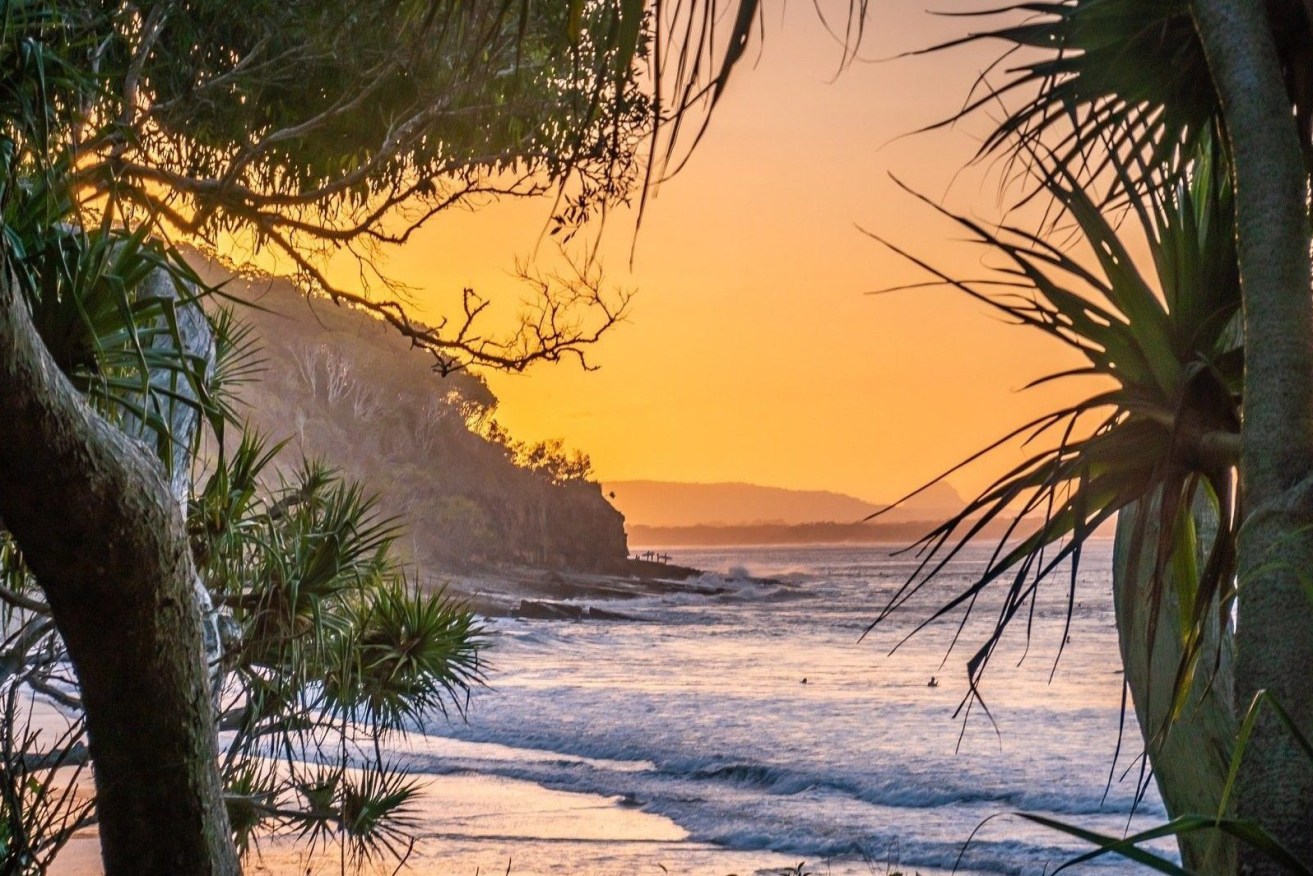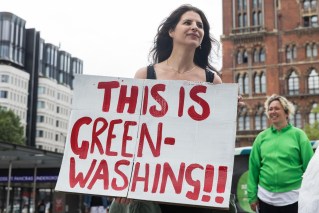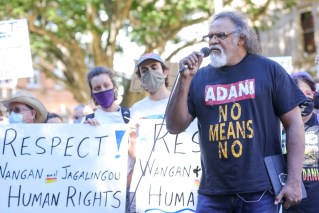Noosa, bay islands leading the way as rental market “crawls” back to health
Queensland’s vacancy rates have finally started to climb and have recently broken through the 1 per cent level, according to the Real Estate Institute of Queensland.

Noosa and its neighbours were seeing an increase in rental vacancies
While the lift was seen as a sign that rental conditions were improving, they still remain well below a balanced market and the industry believes many people have been forced to adapt by moving in with parents, co-tenanting or compromising on size and location.
Vacancies were more likely in areas of higher rents which indicated those regions had reached a high point.
The tourist town of Noosa was a stand out again. Its vacancy rate shot up to 3.1 per cent.
The increase followed a clampdown by the Noosa Council on short-term accommodation. However, Noosa’s neighbours have also seen a significant increase without any of the restrictions.
Maroochy Coast (1.9 per cent), Sunshine Coast (1.6 per cent), and Caloundra Coast (1.3 per cent) all showed increases. Brisbane stood at 1 per cent.
The REIQ said that while the vacancy rate remains tight (0 – 2.5 per cent) across the vast majority of Queensland, over the June quarter it relaxed in 38 regions, held steady in three, and tightened in nine.
The tightest vacancy rates were 0.1 per cent in Cook and Goondiwindi, followed by 0.2 per cent in Southern Downs.
The highest vacancy rates 6.3 per cent in Redland’s Bay Islands (North Stradbroke, Russell, Macleay, Karragarra, Lamb, Coochiemudlo), followed by Noosa, and 2.7 per cent in Mount Isa.
REIQ chief executive Antonia Mercorella said the movement over the quarter showed that Queensland was “crawling” towards healthier rates across most of the state.
“We’re starting to see some early signs of the rental market starting to soften just ever so slightly, with vacancy rates showing small increases in the majority of regions,” Mercorella said.
“It was too early to call in the March quarter, which also saw a slight lift, but now with back-to-back, quarter-on-quarter improvement, we can see some promising green shoots.”
She said the increase in vacancy rates in the holiday markets may indicate that most homes remaining on those markets were listing at a price point that was out of reach for many families.
In Noosa, the median rent for a three-bedroom house was $700 a week, but that was unchanged compared to the previous year, which indicated that the area may have reached a turning point.
Similarly, the Gold Coast (1.2 per cent), Hervey Bay (1.3 per cent), and Fraser Coast (1.1 per cent) had more rental properties on the market for longer during the June quarter. Demand for coastal living may have also cooled off slightly during the winter months, as seasonal markets typically do.
Maryborough (0.5 per cent) remained extremely tight but it had been as low as 0.1-0.2 per cent for two years. Cairns (0.9 per cent) also continued a slow but steady upward climb in vacancies.
Gladstone (1.7 oer cent) held the highest rate of the regional centres, while Bundaberg saw material improvement at 1.1 per cent, representing its highest vacancy rate since the pandemic hit.
Mackay (0.8 per cent), Rockhampton (0.9 per cent), Toowoomba (0.9 per cent) and Townsville (0.9 per cent) all had fairly minor fluctuations, with all regional centres remaining stubbornly in tight territory.
The exception in the regional areas was Mount Isa where the market was still considered healthy with a vacancy rate of 2.7 per cent.
While still considered tight, regional areas with the most rental availability in the June quarter include Cassowary Coast (1.5 per cent), Gympie (1.1 per cent), Isaac (1.1 per cent), Scenic Rim (1.1 per cent), Lockyer Valley (1.1 per cent), Whitsunday (1.1 per cent), Livingstone (1 per cent) and the Central Highlands (1 per cent).












